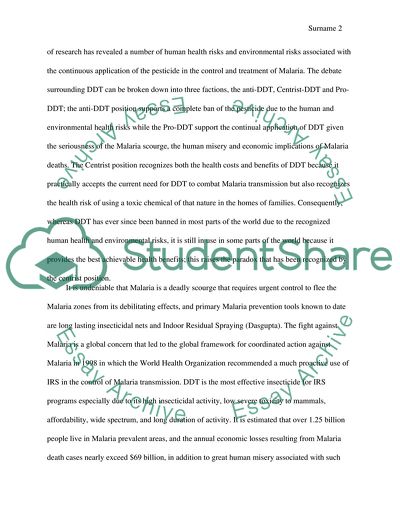Cite this document
(“Health Costs And Benefits Of DDT Use Research Paper”, n.d.)
Health Costs And Benefits Of DDT Use Research Paper. Retrieved from https://studentshare.org/chemistry/1802405-should-ddt-be-used-to-control-malaria
Health Costs And Benefits Of DDT Use Research Paper. Retrieved from https://studentshare.org/chemistry/1802405-should-ddt-be-used-to-control-malaria
(Health Costs And Benefits Of DDT Use Research Paper)
Health Costs And Benefits Of DDT Use Research Paper. https://studentshare.org/chemistry/1802405-should-ddt-be-used-to-control-malaria.
Health Costs And Benefits Of DDT Use Research Paper. https://studentshare.org/chemistry/1802405-should-ddt-be-used-to-control-malaria.
“Health Costs And Benefits Of DDT Use Research Paper”, n.d. https://studentshare.org/chemistry/1802405-should-ddt-be-used-to-control-malaria.


